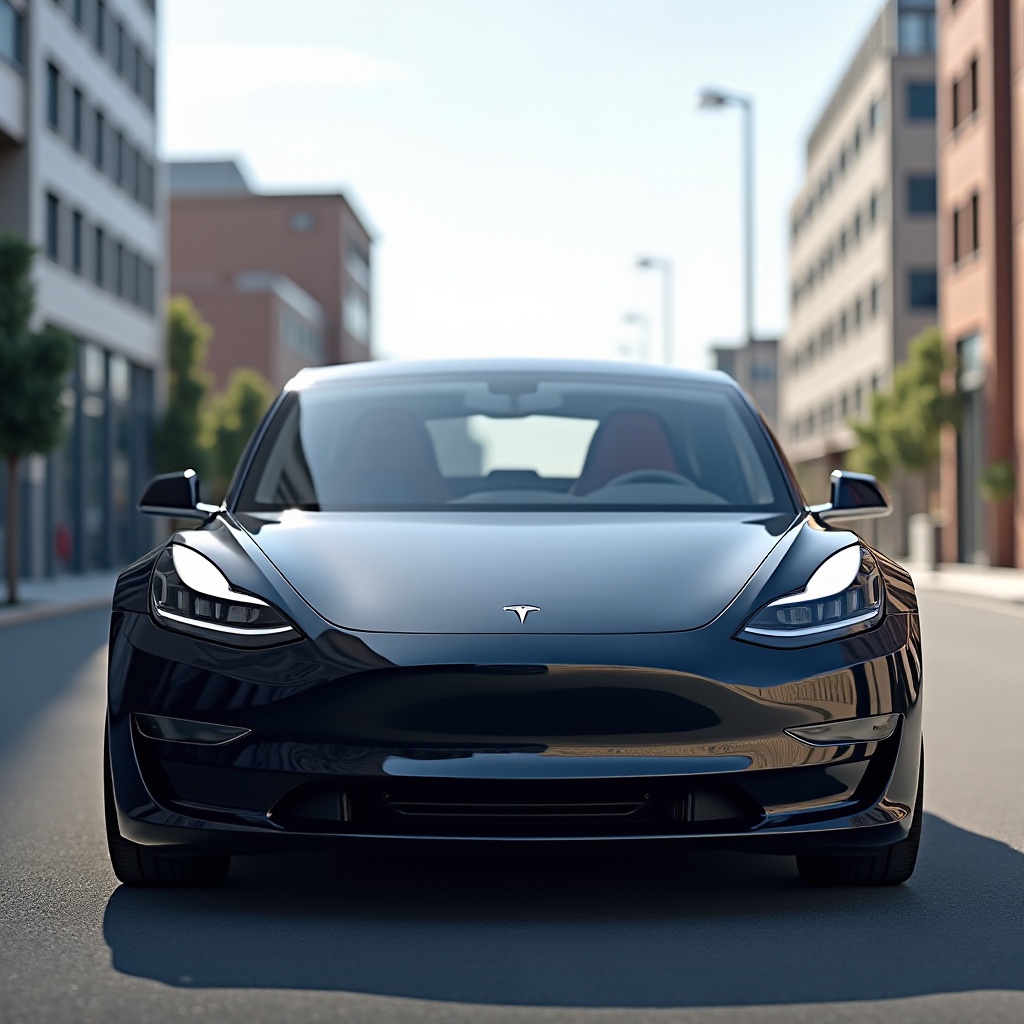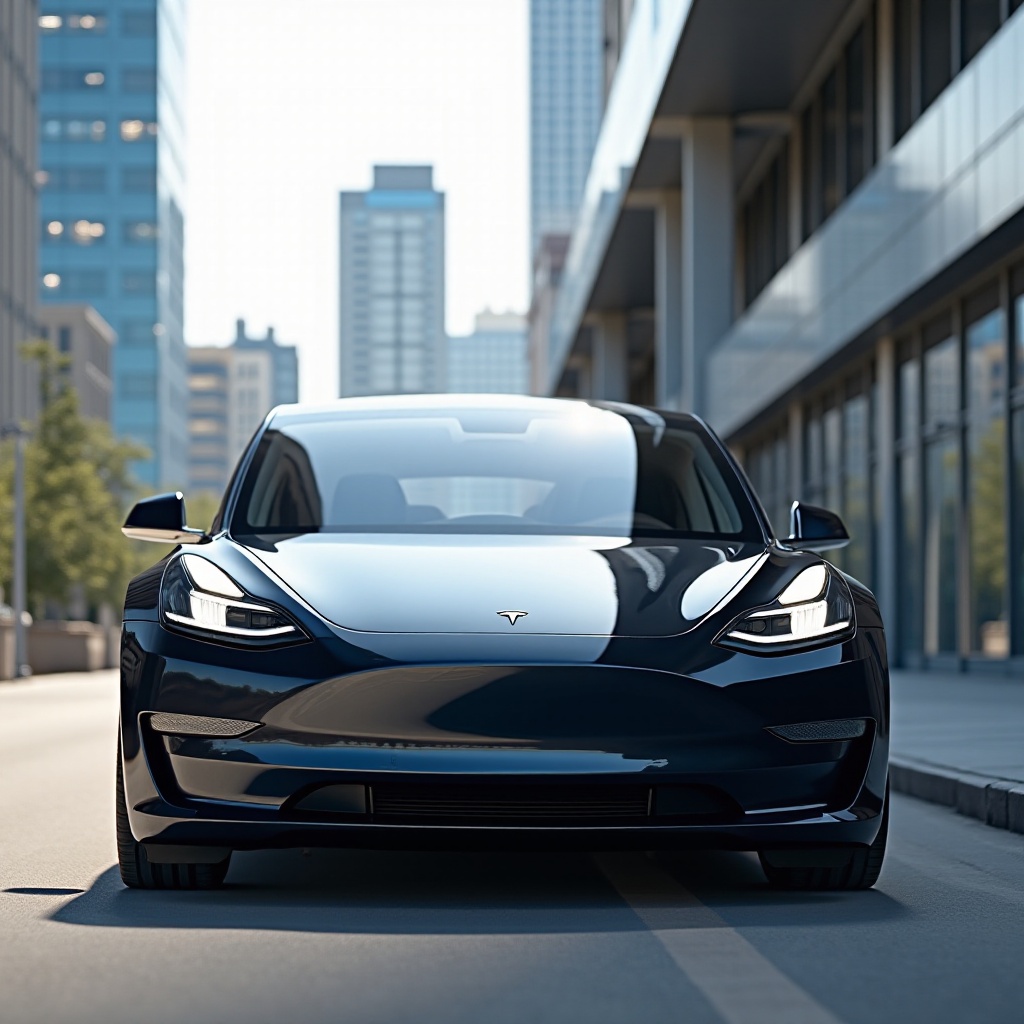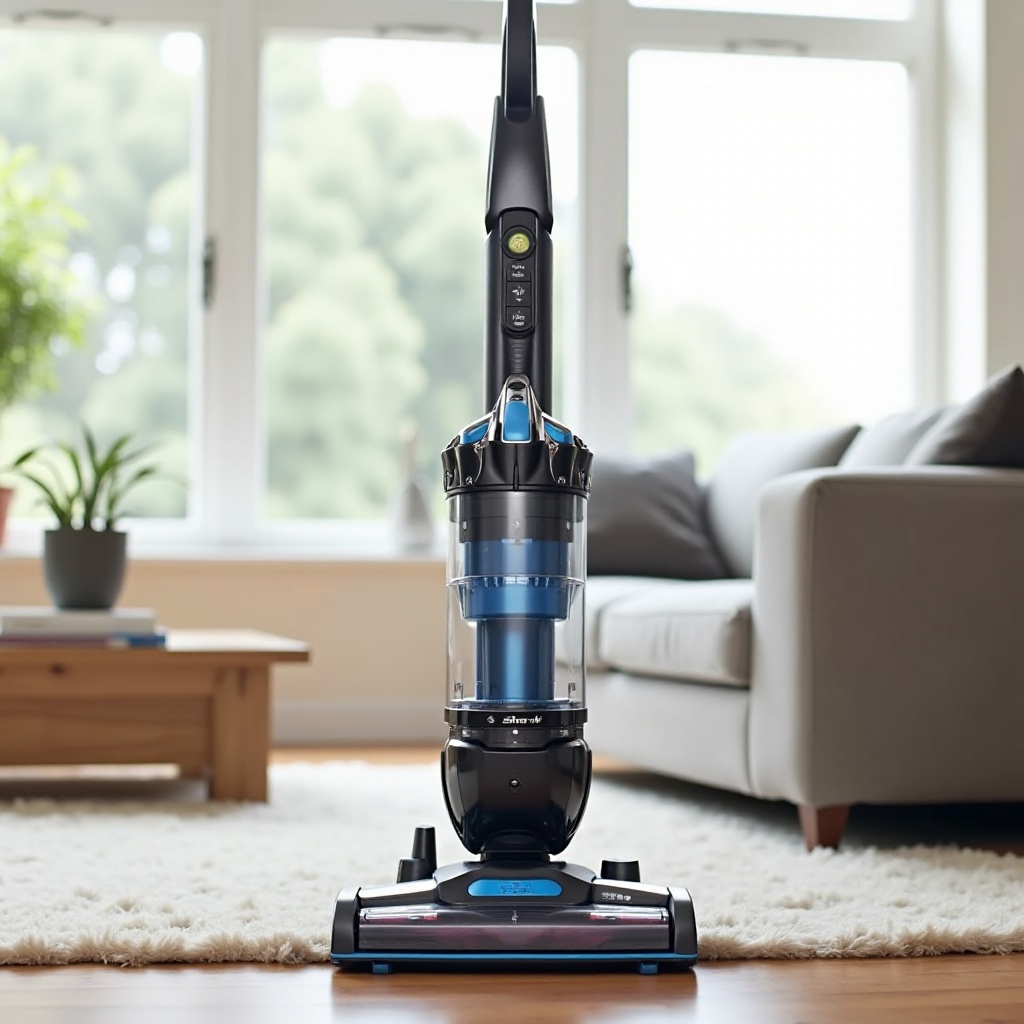Introduction
Tesla has become a household name when it comes to electric vehicles. Among its lineup, the Tesla Model 3 stands out as a popular and more accessible option for many consumers. But how reliable is the Tesla Model 3? This question is crucial for potential buyers and existing owners alike. In this blog, we will delve deep into the reliability of the Tesla Model 3 by analyzing its performance, customer reviews, common issues, and more.

Overview of the Tesla Model 3
The Tesla Model 3 is a compact electric car that has revolutionized the EV market. Initially launched in 2017, this model offers a combination of sleek design, cutting-edge technology, and impressive performance. The Model 3 comes in three main variants: Standard Range Plus, Long Range, and Performance. Each variant targets different needs, whether it’s daily commuting, long-distance travel, or a more spirited driving experience.
The car is equipped with advanced features such as autopilot, which offers semi-autonomous driving capabilities, and over-the-air software updates that continuously improve the vehicle’s functionality. With a range of roughly 263 to 353 miles on a single charge, the Model 3 competes well against both electric and traditional gasoline-powered vehicles.
Moving ahead, it’s important to understand how the Model 3 fares in terms of reliability, which is a significant factor for many car buyers.
Reliability Ratings and Customer Reviews
Various organizations have rated the Tesla Model 3’s reliability since its inception. Consumer Reports, one of the most trusted sources for unbiased car reviews, initially gave the Model 3 mixed ratings due to issues like build quality and software glitches. However, these ratings have generally improved over time as Tesla addressed many of the early concerns through software updates and manufacturing improvements.
J.D. Power, another reputable source, gave the Model 3 high marks for performance but noted some issues affecting its overall reliability score. These issues often revolve around the fit and finish of the interior and exterior components. Nonetheless, many users have lauded the Model 3 for its exceptional driving experience and innovative features.
Customer reviews often reflect these mixed expert assessments. While some owners are entirely satisfied with their Model 3, citing its low operating costs and outstanding performance, others have pointed out problems such as panel gaps, minor software bugs, and inconsistent customer service. However, these complaints have seen a decline over recent years, indicating a positive trend in reliability.
This brings us to a crucial aspect of understanding reliability: what are the common issues, and how can they be resolved?

Common Issues and Solutions
Even the most advanced vehicles can encounter issues, and the Tesla Model 3 is no exception. Here are some of the common problems reported by the owners and the solutions to address them:
- Build Quality
- Some owners have reported inconsistencies in panel alignment and paint quality.
-
Solution: Tesla has improved its manufacturing processes, and many of these issues are covered under warranty. Affected owners should contact their local service centers.
-
Software Glitches
- Minor bugs in the infotainment system and autopilot functionality have been noted by some users.
-
Solution: Regular over-the-air firmware updates often resolve these issues. Ensure your vehicle’s software is always up to date.
-
Battery Performance in Extreme Weather Conditions
- Cold weather can impact the lithium-ion battery’s performance, leading to reduced range.
-
Solution: Preconditioning the battery and using regenerative braking can help mitigate these effects. Tesla’s software updates also aim to improve battery management in various conditions.
-
Door Handle Failures
- Some owners have experienced issues with the retractable door handles, which can become stuck or malfunction.
- Solution: Tesla has addressed this in newer models, but for older vehicles, service appointments are available to replace or repair faulty door handles.
Understanding these common issues and their solutions can help current and future Tesla Model 3 owners better prepare for and handle potential problems.
Maintenance and Repairs Cost
One of the significant advantages of owning an electric vehicle like the Tesla Model 3 is the reduced maintenance cost compared to traditional internal combustion engine vehicles. Without the need for oil changes, spark plugs, and complex transmissions, the Model 3 requires less frequent servicing.
However, maintenance is still essential. Regular services involve rotating tires, replacing cabin air filters, and checking the brake system. Tesla recommends a yearly service check-up, which ranges from $200 to $400 depending on the service center.
When it comes to repairs, costs can vary. While the electric powertrain itself is less prone to issues, components like the touchscreen display or advanced sensor systems can be expensive to fix if they fail. Fortunately, many of these elements are covered under Tesla’s warranty, especially for newer models.
As we move to the next section, understanding Tesla’s warranty and customer support can provide further peace of mind for current and prospective Model 3 owners.
Tesla Model 3 Warranty and Customer Support
Tesla offers a comprehensive warranty package for the Model 3, which can reassure potential buyers. The basic warranty covers the vehicle for 4 years or 50,000 miles, whichever comes first. Additionally, the battery and drive unit are covered for 8 years or 120,000 miles (whichever comes first) for the Standard Range Plus model, and 8 years or 150,000 miles for the Long Range and Performance models.
Customer support is another crucial aspect. Tesla has a reputation for quick and efficient service, although some customers have reported long wait times for appointments and repairs. Tesla’s mobile service is a convenient feature, as technicians can often perform minor repairs at the owner’s residence.
These warranty and support features enhance the overall experience of owning a Tesla Model 3 and contribute to its reliability.

Conclusion
The Tesla Model 3 stands as a beacon of innovation in the automotive world, combining impressive performance, range, and advanced features. While it has had its share of teething problems, continuous improvements in manufacturing and software updates ensure that the Model 3 becomes more reliable with each passing year.
For those considering the Model 3, its benefits, such as low maintenance costs and cutting-edge technology, make it a compelling choice. Yet, it’s essential to be aware of potential issues and the solutions available.
Frequently Asked Questions
What are the common problems with the Tesla Model 3?
Common problems include build quality issues, software glitches, reduced battery performance in extreme weather, and door handle malfunctions. Most of these issues can be addressed through Tesla’s warranty and regular software updates.
How much does it cost to maintain a Tesla Model 3?
The annual maintenance cost for a Tesla Model 3 ranges between $200 to $400, which includes basic services like tire rotation and air filter replacement. Major repairs, while infrequent, can be costly but are often covered under Tesla’s warranty.
How long does the Tesla Model 3 battery last?
The Tesla Model 3 battery is designed to last for at least 8 years or up to 150,000 miles, depending on the model. With proper care and regular software updates, the battery can maintain its performance well beyond this period.


